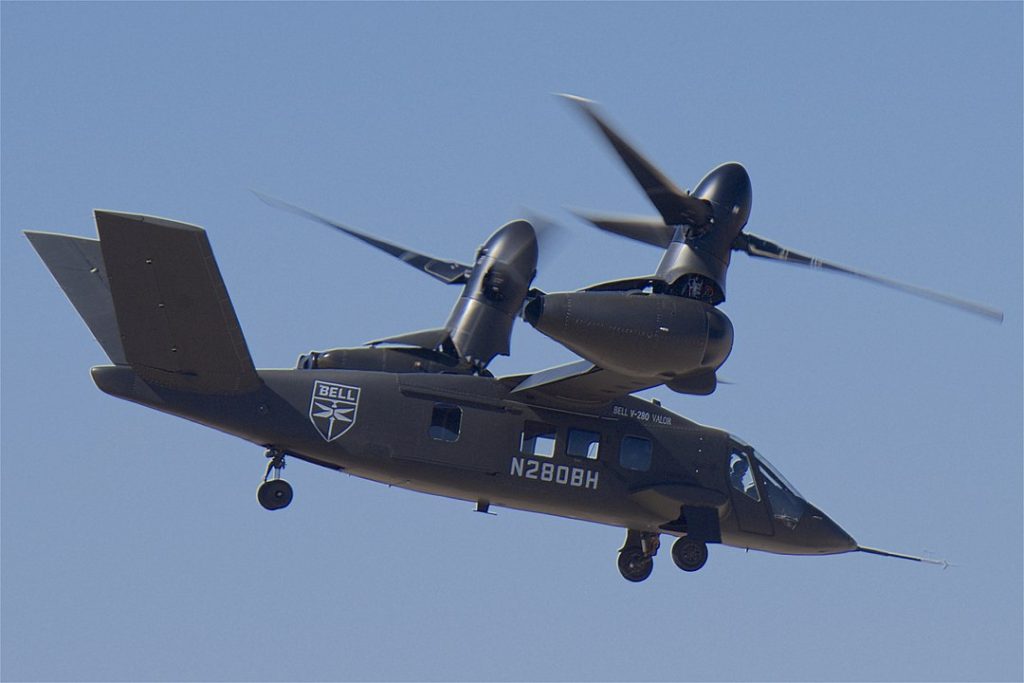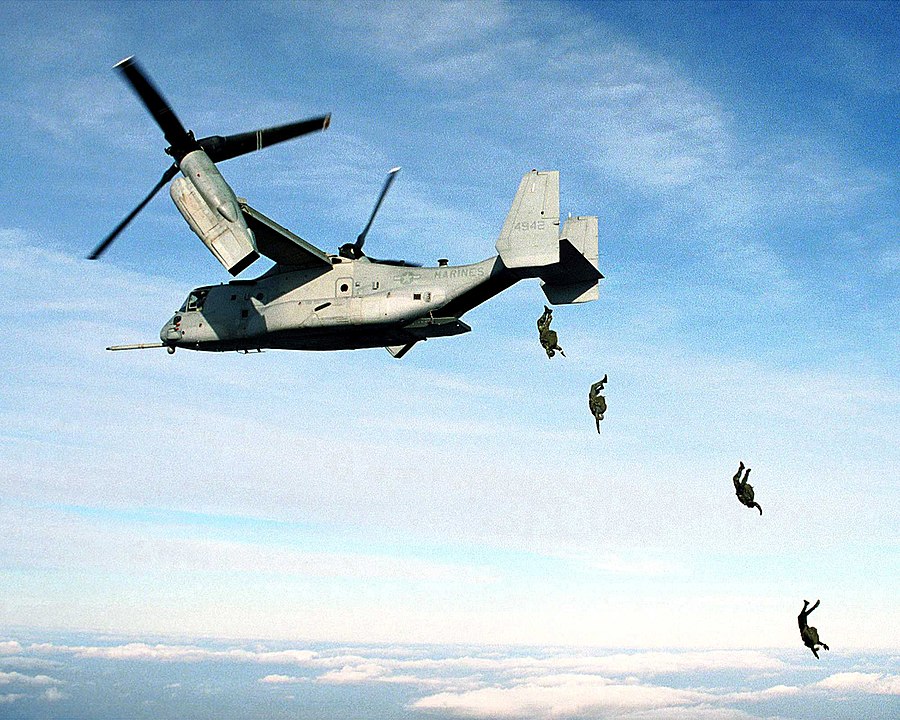
On December 5th, 2022, the United States Army made a pivotal decision, awarding Bell Textron a monumental contract, signaling a significant shift in military aviation.

The US Army chose the Bell V-280 Valor tiltrotor as the successor to its venerable UH-60 Black Hawk helicopters, a move poised to transform its aerial assault and transport capabilities for the coming decades.

The contract, with a ceiling of $1.3 billion, sets the stage for the development of the future long-range assault aircraft (FLRAA), a cornerstone of the Army’s modernization efforts.

Bell Textron now embarks on refining weapon system design, sustainment, digital enterprise, manufacturing, systems integration, flight testing, and airworthiness qualification.

The initial $232 million obligation covers the design and development of a virtual prototype over the next 19 months, a phase that notably does not include the procurement of actual aircraft.

This shift to the V-280 Valor marks a departure from the traditional helicopter design. The Valor is a tiltrotor aircraft, marrying the vertical lift capability of a helicopter with the speed and range of a fixed-wing plane. With a top cruise speed of 280 knots and a staggering range of 2,100 nautical miles, the V-280 outpaces the Black Hawk’s 150 knots cruise speed and surpasses its range significantly.

Moreover, the V-280 promises improved maneuverability, agility, and efficiency. It features advanced avionics, a robust sensor suite for enhanced situational awareness and targeting, and the ability to perform in degraded visual environments. These capabilities are critical in modern combat, where the loss of visual reference and the need for cognitive offloading are growing concerns.

With the FLRAA, the Army envisions an aircraft that epitomizes the speed and range of a turboprop with agility exceeding that of traditional helicopters. The V-280’s tiltrotor technology, with engines that remain stationary while the rotors and drive shafts tilt, enables these enhanced flight characteristics. Powered by two Rolls-Royce AE 1107F turboshaft engines.

Despite the superior specs of the V-280, the decision was not solely performance-based. Army Brig. Gen. Robert Barrie emphasized a “best-value” approach, incorporating performance, cost, and schedule considerations into the evaluation.
related images you might be interested.







left_side-1024x683.jpg)


